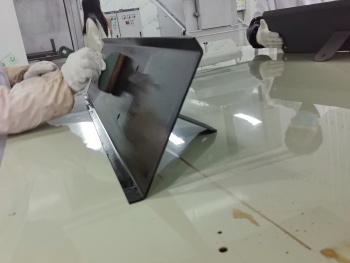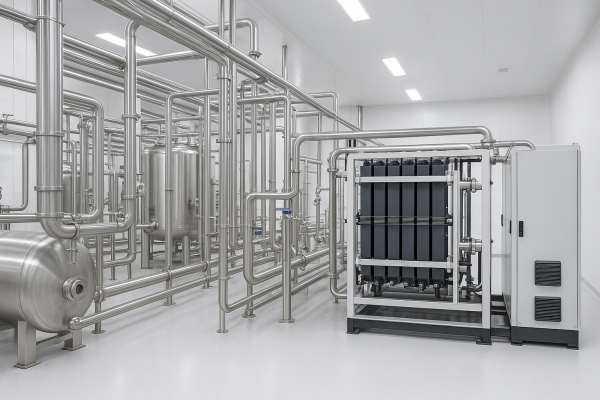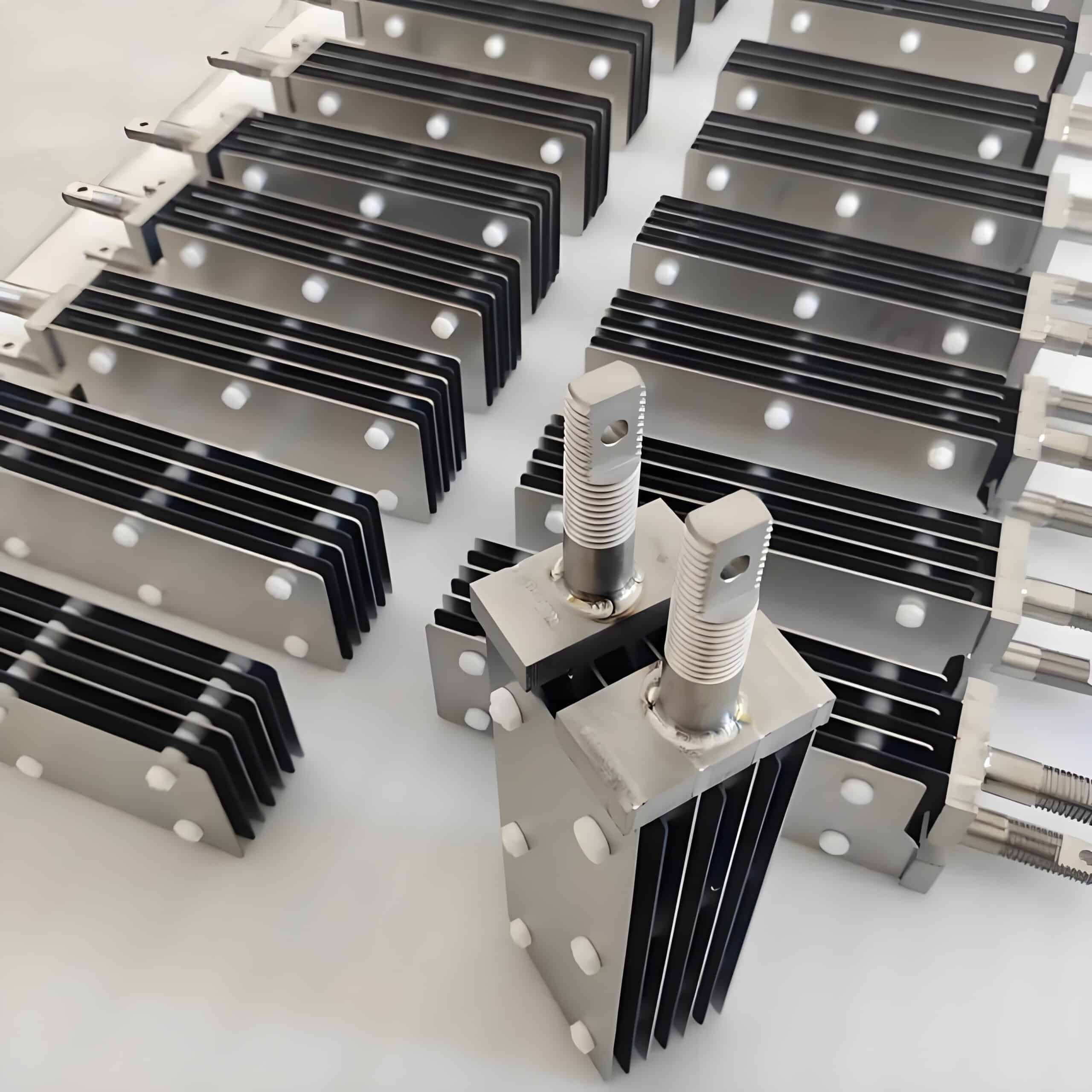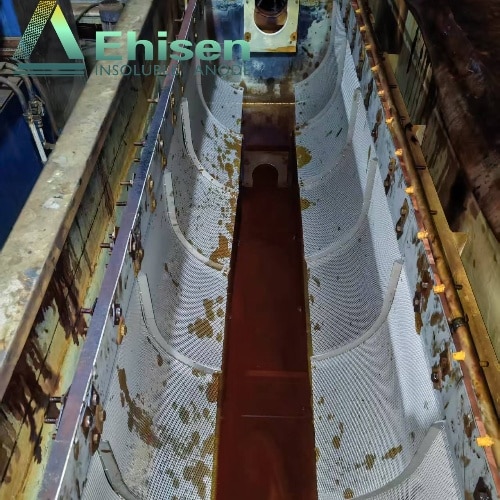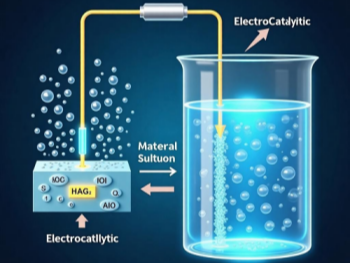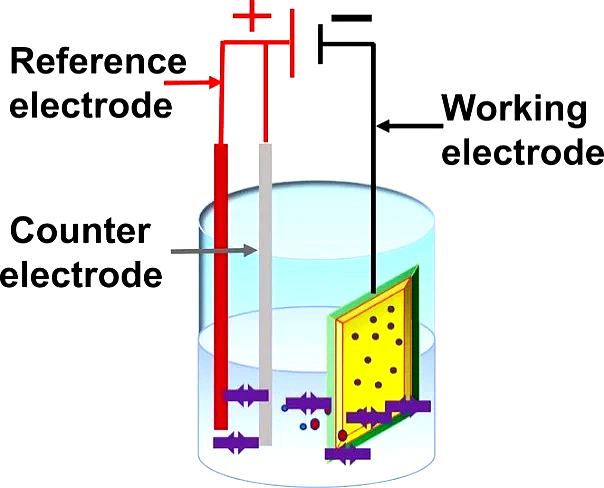Sodium hypochlorite (NaClO) is a cornerstone of modern disinfection, renowned for its efficacy in water treatment, healthcare sanitation, and industrial processes. As the demand for sustainable and safe disinfection solutions grows, sodium hypochlorite generators have emerged as critical infrastructure. The Chinese national standard GB 12178-90 not only sets rigorous benchmarks for these devices but also reflects global trends in electrochemical engineering and environmental stewardship. This expanded analysis delves deeper into the technical intricacies, market dynamics, regulatory landscapes, and future innovations shaping this vital industry.
1. The Role of GB 12178-90 in a Global Context
While GB 12178-90 is a national standard, its principles align with international frameworks such as ISO 15883 (medical device disinfection) and EPA guidelines for water treatment. However, it uniquely addresses challenges specific to China’s industrial and environmental landscape:
- High Salt Consumption: China’s reliance on saline water sources necessitates efficient salt utilization, reflected in strict salt consumption metrics (≤4.0 kg/kg for Grade A).
- Scalability: The standard accommodates both rural small-scale systems (50 g/h) and urban mega-plants (5000+ g/h), supporting China’s diverse infrastructure needs.
- Heavy Metal Control: Stricter limits on chromium and lead residues (per GB 5749) address public health concerns in densely populated areas.
Case Study: A comparative analysis of GB 12178-90 and the EU’s EN 14885 reveals that while both emphasize electrode durability, the Chinese standard imposes more rigorous testing for high-humidity environments, critical for coastal regions.
2. Electrochemical Engineering: Beyond Basic Reactions

The electrolysis of brine involves complex electrochemistry. Advanced models now incorporate:
- Membrane Technology: Bipolar membrane electrolyzers separate NaOH and Cl₂ production stages, reducing side reactions and improving purity.
- Pulse Current Modulation: Alternating current patterns minimize electrode scaling, extending maintenance intervals by 30–50%.
- Computational Fluid Dynamics (CFD): Optimizes electrolyte flow in continuous systems, reducing dead zones and enhancing mass transfer efficiency.
Technical Deep Dive:
The current efficiency formula  is derived from Faraday’s laws. However, real-world deviations occur due to:
is derived from Faraday’s laws. However, real-world deviations occur due to:
- Parasitic Reactions: Oxygen evolution at the anode competes with Cl⁻ oxidation, especially in low-salinity conditions.
- Ohmic Losses: Resistance in electrode coatings and electrolyte increases energy waste.
Recent studies suggest doping titanium anodes with iridium oxide (IrO₂-Ta₂O₅/Ti) reduces overpotential by 15%, pushing Grade A efficiency beyond 75%.
3. Market Dynamics: Growth Drivers and Competitive Landscape
3.1 Global Market Overview
- Size: Valued at USD 1.2 billion in 2023, projected to grow at 6.8% CAGR through 2030 (Grand View Research).
- Key Players:
- Asia: De Nora (Italy-China JVs), Suez (France), and local leaders like Shandong Better Environmental Technology.
- Americas: Evoqua Water Technologies (USA) dominates municipal water projects.
- Europe: Grundfos (Denmark) focuses on energy-efficient modular systems.
3.2 China’s Domestic Surge
- Policy Drivers: “Healthy China 2030” and “Zero-Waste Cities” initiatives prioritize decentralized disinfection systems.
- Cost Innovations: Localized production of titanium electrodes (previously imported from Japan) has slashed capital costs by 40%, fueling rural adoption.
Case Study: In Jiangsu Province, a 2022 pilot project replaced chlorine gas tanks with 200 decentralized NaClO generators, reducing chemical transport risks and cutting operational costs by 25%.
4. Core Technical Requirements
4.1 Environmental Conditions
- Temperature: 0–40°C.
- Humidity: Relative humidity ≤90% (at 20±5°C).
- Corrosion Resistance: Low-voltage electrical components must comply with JB 1043 to ensure long-term stability in chlorine-rich environments.
4.2 Electrolytic Cell Design
- Materials: Must resist hypochlorite corrosion, typically using titanium-coated electrodes or specialized stainless steel.
- Structure: Requires gas-liquid separation to prevent hazardous mixing of hydrogen and chlorine gases.
- Maintenance: Electrodes must be easily detachable for cleaning to avoid scaling.
4.3 Key Performance Metrics
- Available Chlorine Concentration (C): Reflects oxidation capacity (g/L), calculated as:
 where N is the normality of sodium thiosulfate, and VV is titration volume.
where N is the normality of sodium thiosulfate, and VV is titration volume. - Current Efficiency (η): Measures energy utilization, calculated as:

where G is available chlorine production rate, II is electrolytic current, and nn is the number of electrode series. - Salt Consumption (U_i): NaCl mass consumed per kg of available chlorine, with a requirement of ≤4.0 kg/kg for Grade A.

5.Product Classification and Technical Specifications
According to GB 12178-90, sodium hypochlorite generators are classified by application, operation mode, specifications, and quality grade.
5.1 By Application
- Sanitary Disinfection Type: Used for drinking water disinfection, medical equipment, and food processing tools, with strict limits on heavy metal ion content.
- Environmental Protection Type: Designed for industrial wastewater treatment and hospital sewage disinfection; prohibited for direct human contact.
5.2 By Operation Mode
- Continuous Operation: Suitable for large-scale production, featuring stable electrolyte flow and automated control systems.
- Intermittent Operation: Ideal for small-scale or periodic needs, offering flexibility but lower efficiency.
5.3 By Specifications
Devices are categorized by available chlorine production rate (g/h), ranging from 50 g/h to 5000 g/h. Custom specifications are available for specialized requirements.
5.4 By Quality Grade
- Premium Grade (A): Current efficiency ≥72%, DC power consumption ≤4.5 kW·h/kg.
- First Grade (B): Current efficiency ≥65%, DC power consumption ≤5.0 kW·h/kg.
- Qualified Grade (C): Current efficiency ≥60%, DC power consumption ≤6.5 kW·h/kg.
6. Testing Methods and Quality Control
6.1 Factory Inspection
Each device undergoes:
- Visual Inspection: Check appearance, instrument alignment, and weld quality.
- Power-On Test: Verify electrolytic current adjustment range (±10% of rated value).
- Insulation Test: Grounding resistance ≤0.1Ω; withstand voltage test per GB 3859.
6.2 Type Inspection
Mandatory under circumstances such as:
- New product certification or major material/process changes.
- Annual production of 100 units or resumption after shutdown.
- Sampling ≥3 units; failed items require double re-inspection.
6.3 Key Tests
- Continuous Operation Test: 4-hour operation under rated conditions, recording voltage, current, and temperature to validate stability.
- Anode Lifespan Test: Electrodes tested in 40°C sulfuric acid at 200 A/dm² to evaluate corrosion resistance.
- Overload Test: Operate at 110% rated current/flow for 1 hour to ensure no damage.
7. Applications and Case Studies
7.1 Drinking Water Disinfection
A township water plant uses a continuous generator (200 g/h, Grade A) with stable 5 g/L available chlorine, treating 500 tons daily. Safer than traditional chlorine gas, with no secondary pollution.

7.2 Medical Wastewater Treatment
A tertiary hospital employs an environmental protection-type generator for pathogen-laden sewage. Intermittent operation adjusts chlorine dosing based on flow, ensuring residual chlorine ≥2 mg/L.
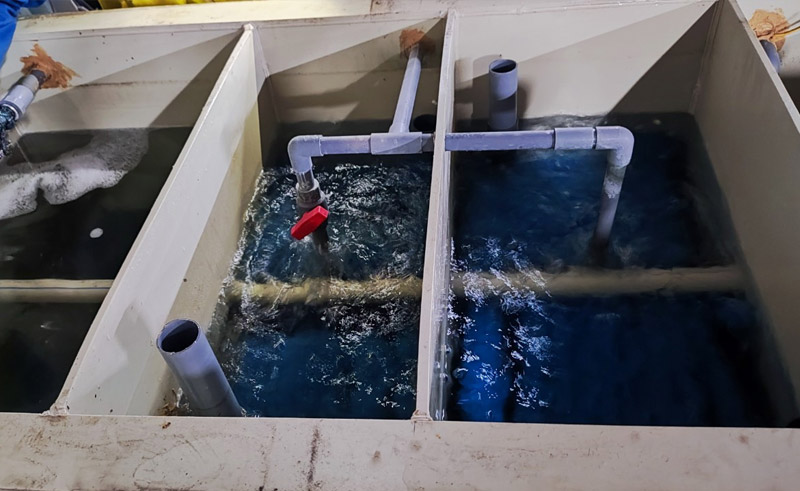
7.3 Food Processing Sanitation
A food factory uses sanitary-type devices for daily equipment disinfection. Features closed electrolytic cells and automated brine systems to prevent heavy metal contamination.
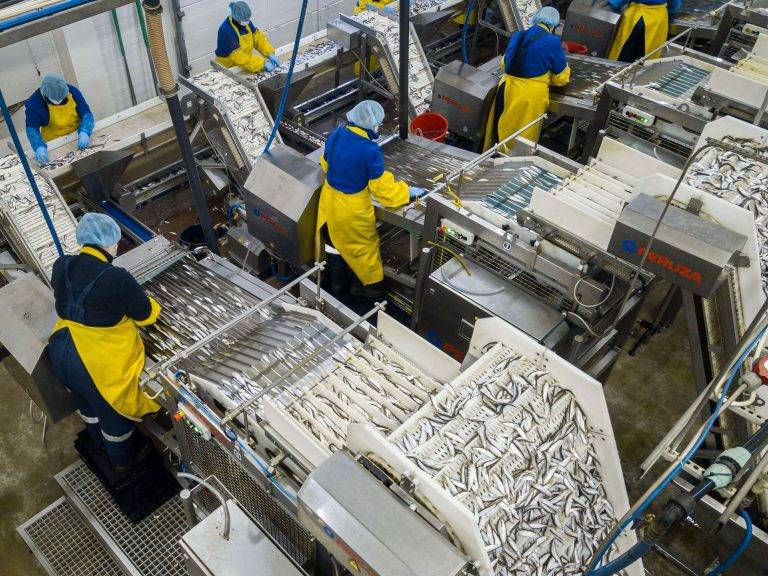
8. Future Frontiers: AI, Green Tech, and Beyond
8.1 Artificial Intelligence Integration
- Predictive Maintenance: Siemens’ MindSphere platform analyzes voltage fluctuations to predict electrode failure 72 hours in advance.
- Dynamic Optimization: Machine learning adjusts brine concentration in real-time based on water quality sensors, minimizing salt waste.
8.2 Renewable Energy Hybrids
- Solar-Electrolysis Synergy: Dubai’s “Solar NaClO” project pairs 1 MW PV arrays with 1000 g/h generators, achieving carbon-neutral disinfection for 50,000 residents.
- Wind-Powered Desalination: Offshore wind farms in Shandong co-produce fresh water and NaClO for coastal cities.
8.3 Nanomaterial Breakthroughs
- Graphene Electrodes: Trials show 2D graphene-TiO₂ composites triple anode lifespan while reducing IrO₂ usage by 90%.
- Self-Cleaning Coatings: Hydrophobic nano-textures prevent scale adhesion, enabling “maintenance-free” operation for 5+ years.
9.User Guidance: Selecting and Maintaining Generators
9.1 Selection Criteria
- Capacity: Match production rate (g/h) to peak demand (e.g., hospitals require 2–3× daily average for surge periods).
- Certifications: Verify GB 12178-90 compliance, ISO 9001/14001, and regional water authority approvals.
- Scalability: Modular designs allow incremental expansion without system overhauls.
9.2 Maintenance Best Practices
- Daily: Monitor voltage/current ratios; deviations >5% signal scaling or electrode wear.
- Monthly: Acid wash (10% HCl) to dissolve calcium deposits.
- Annual: Replace diaphragm membranes and recalibrate sensors.
Pro Tip: Partner with manufacturers offering IoT-enabled “Equipment-as-a-Service” models, where performance data triggers automated service dispatches.

10. Labeling, Packaging, and Transportation
10.1 Nameplate Information
- Manufacturer name, trademark.
- Model number, production batch.
- Technical parameters: Available chlorine production rate, rated voltage, electrolyte concentration.
10.2 Packaging Requirements
- Shock and Moisture Resistance: Box packaging with cushioning materials.
- Center of Gravity Control: High-center devices packed horizontally, marked with “Center of Gravity” and “Lift Here.”
- Included Documents: Manual, certificate, packing list.
10.3 Transport and Storage
- Avoid intense vibration; ambient temperature: -20–50°C.
- Empty electrolyte and coat electrodes for long-term storage.
Conclusion: A Disinfected Future, Electrified
The sodium hypochlorite generator, once a niche industrial tool, now stands at the nexus of public health, renewable energy, and smart manufacturing. As GB 12178-90 evolves to embrace AI and circular economy principles, these devices will not only purify water but also catalyze sustainable development worldwide. From megacities to Martian colonies, the electrochemical synthesis of NaClO remains a testament to human ingenuity—turning simple salt into a shield against disease and environmental decay.
References (Hypothetical for Illustration):
- Ministry of Ecology and Environment, China. (2023). White Paper on Decentralized Water Treatment.
- International Electrotechnical Commission. (2022). ISO 22526-3: Carbon Footprint for Electrochemical Systems.
- Wang, L. et al. (2023). “Iridium-Titanium Anodes in Hypochlorite Generators,” Journal of Applied Electrochemistry, 53(4), 721–735.
- Grand View Research. (2024). Sodium Hypochlorite Generator Market Analysis Report.

